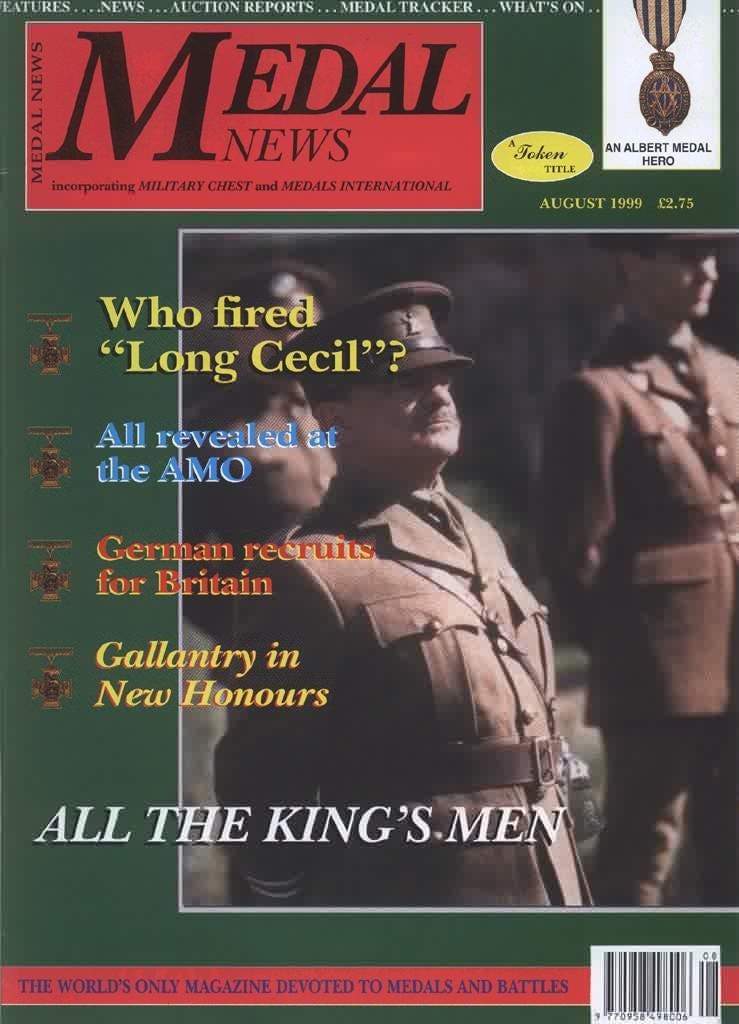Changing working practices
Volume 37, Number 7, August 1999
IN this issue of MEDAL NEWS we note that one of our regular advertisers has announced their decision to abolish the vendors' charge on items sold at their auctions and to increase the buyers' premium to compensate. This is, as our readers are no doubt aware, a radical change from current practice in the auction business. It was not so long ago that the buyers' premium did not exist. To the best of my knowledge, before this was introduced, the auction business had consisted largely of a commercial relationship between the vendor and the auctioneer. The basis of the relationship was that individual vendors could not necessarily find the right buyer at the right price for whatever it was they wanted to sell. By using the services of an agent, who was able to package the goods effectively, authoritatively and attractively (the catalogue), and who was able to provide a venue (the auction room), many vendors could bring their goods to the attention of many potential buyers in an economical and efficient way. For his services, the auctioneer charged the vendor a percentage of his selling price. Then, in1984, the buyers' premium appeared and so both buyer and seller were charged for the services of the auction house. In one way this does make sense-if a particular medal is eagerly sought then it seems logical that a collector would pay for the privilege of buying it and the buyers' premium simply becomes part of the price, much as VAT has done; similarly a vendor, for the convenience of the sale and the potential for a high price to be realised, is normally happy to pay the vendors' premium and mentally accepts the final cheque as what the medal "made". There have been those, of course, who have argued vociferously against paying for the privilege to buy, stating eloquently that it should be the seller only who pays. They of course have the option not to buy at auction and run the risk of missing the medal they seek. But ironically as many dealers buy a proportion of their stock from auction houses, the buyers' premium is usually passed on and has to be paid one way or another. Up until now, -however, there has been little movement towards the abolition of the vendors' premium-a decision taken by the auctioneers in question to encourage more material into the market place-and it will be interesting to observe what, if any effect this has on the way collectors buy and sell. It seems unlikely that the other auction houses will abandon the vendors' commission, largely because of economic pressures. It is also obvious that, if a vendor has desirable items for sale that several competing auctioneers would very much like to sell, he can negotiate a rate below the stated one, perhaps substantially below. The relationship between the vendor, the auctioneer, the buyer (and the many unsuccessful bidders) is not simple. Auction catalogues are not printed and distributed for free, neither is the research that goes into them without its cost. At the moment the balance seems about right, in that most buyers and sellers go along with it. Whether the August 2000 edition of MEDAL NEWS will say the same remains to be seen.
Order Back Issue
You can order this item as a back issue, simply click the button below to add it to your shopping basket.

